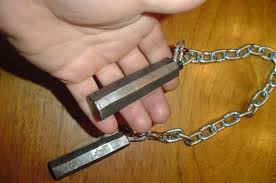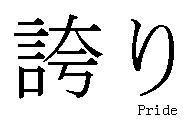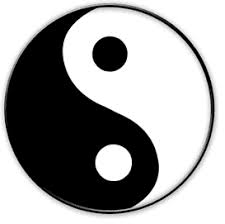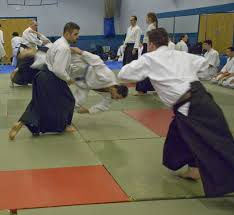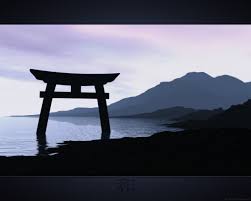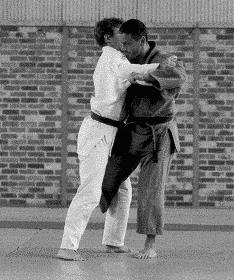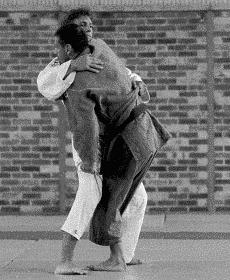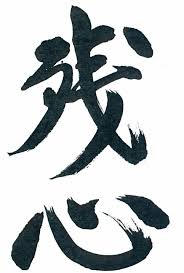The Round Rock dojo was kind enough to let me lead a class last night. I have worked out with the group a number of times, but have never really learned the work out routines that Hussey Sensei teaches.I was on my own to infect the dojo with KyuRyu methodologies. The drive up to Round Rock got me thinking about about the idea of transmission of skills and ideas. I am a professional educator and figuring out how to maximize my impact is always important. It is another aspect of the Aiki of maximum efficiency.
I come from a heavy kata background. The Tomiki and Daito Ryu styles that I learned under are both organized around exercising kata, over and over. Kata practice is typically two man prearranged exercise. Kata practice tends to be very formalized in schools. Often there is a stylized attack, and the Aikido man will try carefully to copy the exact angles, footwork, and motions of the instructing teacher. This leads to a very precise photocopying of style.This style of working on a technique one way fails to do the most important thing - teaching generalization of skill.
It is often written that techniques in Aikido are not important. The principles are important and the techniques are just expressions of principles. I think a lot of aikidoka believe that, say it themselves, but I think very few understand it. Either they don't understand it or they have limited training in education theory because they keep pursuing a methodology (over training in kata) that has a definite point of diminishing returns.
Let's define generalization of skill for a moment. Any given technique is not important, it is the generalization of technique that is important.
For a student to show generalization of skill, the student must be able to transfer the knowledge of the skill to a new context, environment, person, and connection.
So what I found in my years of training kata heavy Daito Ryu, many artists had difficulty generalizing the skill to new situations and contexts.
Last night when I was instructing at the Round Rock dojo I was trying to teach in a way to promote generalization. I introduced the idea of Sumi Otoshi. (a corner drop throw) I demonstrated it, then we practiced it from a cross hand grab, from a same hand grab, same hand grab to tenkan turn, shoulder grab, shoulder grab to judo sumi otoshi....etc. We went over 15 versions and we invented 15 more in the course of exercising them.
Then I saw magic happen. Stan, one of the students, would move out of the way. He moved in a way that I had not taught. He connected still, moved without thinking and created sumi otoshi from novel and unique connections and positions. He did it over and over. He kept messing up what I showed him, but he would still connect and create beautiful sumi otoshi. He transcended the particulars of technique and grasped the real idea. Connection was not important, only dropping to the corner.
Generalization of Skill
I strongly believe and promote a technique should be practiced in ever changing novel ways to promote generalization. Only when a technique is generalized is it mastered.
Habits/Routines
1 day ago

